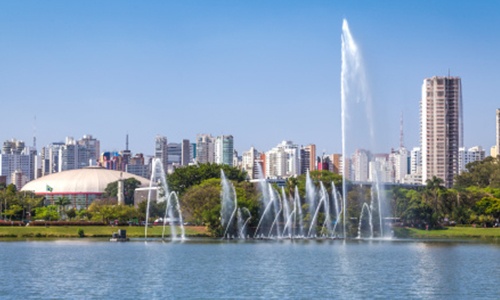
Bogota, Columbia
Bogotá is the main economic and industrial center of Colombia. The city is one of the largest industrial centers in Latin America. The Colombian government fosters the import of capital goods, Bogotá being one of the main destinations of these imports. This is due in part to its geographical location, which makes the city a strategic point in terms of logistics, since transportation of goods to other parts of the country is relatively fast. The World Cities Study Group and Network (GaWC) from the United Kingdom ranks Bogotá as a beta level city, a medium rankings. Beta level cities are important world cities that are instrumental in linking their region or state into the world economy. Despite the bad reputation Colombia bore in the 1980s and early 1990s, tourism in Bogotá has increased since the 2000s due to aggressive publicity campaigns and improvements in both infrastructure and safety. The Instituto Distrital de Turismo (District Institute of Tourism) was created with the goal of making Bogotá a sustainable tourist destination.








